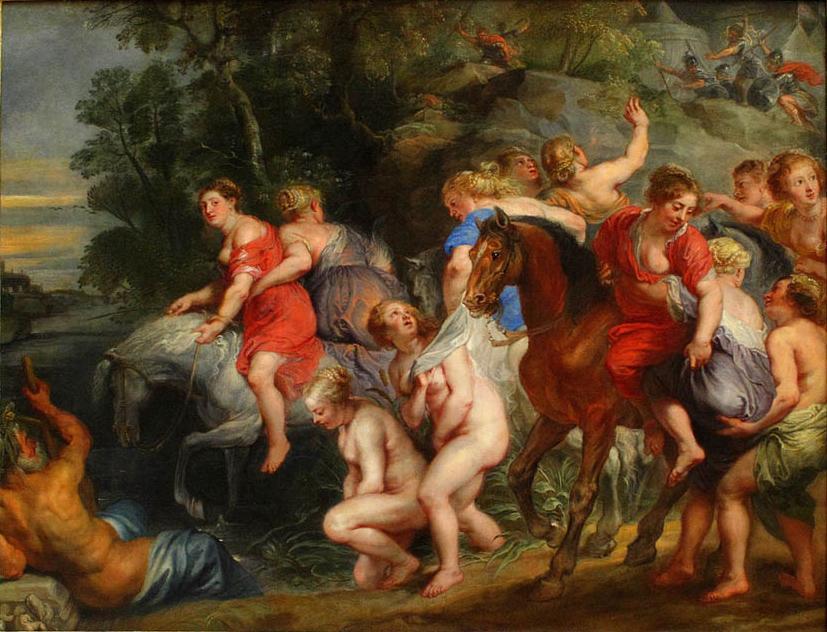With the potential of Giorgia Meloni being selected as Italy’s first female prime minister on September 25th, it may be a good time to reflect that this isn’t a fluke. Though a long time coming, putting la bell’italia in the hands of an Italian woman would be the fulfillment of the amazing role which other female leaders have played in the nation’s history.
It goes all the way back to classical Rome and the story of Cloelia, one of the only women to be honored with a statue in the Roman Forum. Why? Here’s her brief story courtesy of historian Titus Livius, aka “Livy”:

She was one of the women taken hostage by Etruscan king Lars Porsena as a part of the peace treaty which ended the war between Rome and Clusium in 508 BC. She escaped from the Etruscan camp, leading away a group of Roman virgins. According to Valerius Maximus, she fled upon a horse and swam across the river Tiber through a barrage of hostile darts, thus bringing her band of girls to safety.
When Porsena learnt of their escape, he quickly sent emissaries to Rome demanding her return. However, Porsena soon reconsidered deciding that her deeds were worthy of admiration. He declared to the Romans that if she were restored to him he would send her back to Rome safe and inviolate, but if his demands were not met he should regard the treaty as broken.
The Romans agreed to the conditions and returned the pledge of peace, as the treaty required. Porsena praised Cloelia on her arrival and as a reward for her heroism, promised to release half the share of his hostages of her choice. It is said that she selected the young boys, as was unanimously decided by the hostages, since they were particularly in at the risk of abuse.
Once peace had been established the Romans celebrated her valour by building a statue of a maiden seated in a horse, set up on the summit of the Via Sacra.
Cloelia was no fluke, either. Don’t forget that Italy’s original “Mother Figure” was Roma, a female deity meant to symbolize the power of the city itself. Will Giorgia Meloni, herself a Roman native, rise to the challenge of her forbears? Time will tell.
Meanwhile, pundits who keep comparing her to the rise of IL Duce exactly a century ago (1922) overlook two things: a) the Italian constitution of 1948 provides safeguards against future tyrannical governments and b) Meloni’s right-wing bent isn’t as rigid as they think.
In this regard, Meloni shares much in common with Oriana Fallaci, the groundbreaking journalist who interviewed kings, presidents, and terrorists. People who tried to stereotype Fallaci politically or socially were often frustrated, as she was guided by “truth,” not by ideology.
Though an atheist, Fallaci admired the Church. Though a feminist, she was anti-abortion. Though antiwar and a liberal, she became a cultural warrior via her 2006 booklet, “The Rage and the Pride,” defending the depth of Italian history and culture against Muslim extremism.
For all of the rhetoric in our own nation extolling freedom of thought, it was Italic women like Fallaci who actually practiced it. Meloni has also shown the same flexibility.
Our institute did a three-part series about Italic women throughout the millennia called “Lady Power.” The title was meant to be ironic: Far from being dainty daisies, these Italic women blazed a course of leadership which other females around the world can still use as inspiration.
Click on the link below to learn more:
https://italic.org/wp-content/ResearchLibrary/ItalicWay/Editions/ItalicWay2001XXXI.pdf

“guided by truth, not ideology” noted about Fallaci is a theme that resonates with me..and I am in the same boat……and I guess why I drive people crazy….ideology is just a lazy straightjacket…u give up your right to think and why I may seem all over the map politically too, but no ideology has a monopoly on truth even though the proverbial “they” would want you to believe so….